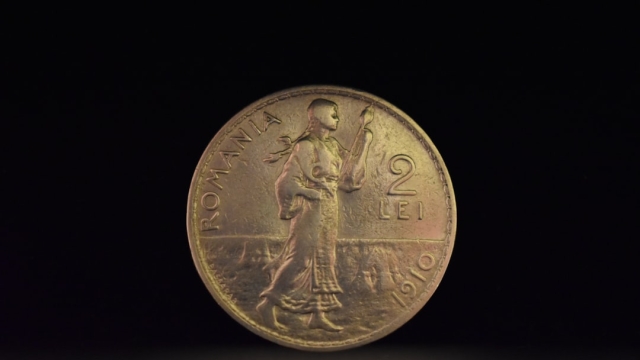The Types of Coins in Biblical History
Coins have played a pivotal role throughout history, serving not only as a medium of exchange but also as a means of expressing cultural values and economic practices. In the context of biblical times, coins are mentioned frequently in scripture, highlighting their significance in trade, daily life, and religious practices. Understanding the biblical coin history provides insight into the economic backdrop of the biblical narrative and enhances the reader’s appreciation of the texts.
The Types of Coins in Biblical History
Two notable types of coins frequently mentioned in the Bible are the shekel and the denarius. The shekel, which originated as a unit of weight, eventually became a standardized coin used in various transactions. It is often associated with the temple tax and offerings, illustrating its importance in religious contexts. For instance, in the book of Exodus, the shekel is referenced in connection with the census tax, showcasing its role in the economic system of ancient Israel.
The denarius, on the other hand, was a Roman coin that became prominent during the time of the New Testament. It is frequently cited in parables and teachings of Jesus. The story of the widow’s mite, found in the Gospel of Mark, features the denarius as a benchmark for understanding value and sacrifice. The denarius symbolizes not only currency but also the socio-political realities of the time, demonstrating the intersection of faith and daily life.
Historical Context of Coin Usage
The use of coins in biblical times was deeply intertwined with the economic practices and cultural customs of the regions surrounding ancient Israel. Coins facilitated trade, making it easier for merchants and individuals to engage in commerce. In agrarian societies, where bartering was common, the introduction of coins allowed for more efficient transactions. This shift towards a coin-based economy is significant because it reflects broader trends in societal development, including urbanization and the rise of markets.
Furthermore, coins served as a means of expressing authority and identity. Different rulers and empires, such as the Persians and Romans, minted coins that bore their images and inscriptions. This practice not only reinforced political power but also influenced the cultural narratives of the time. Coins often featured symbols that resonated with the populace, making them a vital tool for instilling loyalty and unity among diverse groups.
The Role of Coins in Biblical Narratives and Teachings
Coins are not merely economic instruments in the Bible; they are woven into the very fabric of its narratives. The use of coins in parables and stories conveys deeper moral and spiritual lessons. For example, the parable of the Good Samaritan highlights the practical use of coins for acts of compassion and care, illustrating the importance of helping others irrespective of societal divisions.
In addition, the mention of coins in biblical texts often serves to challenge prevailing social norms. The story of the coin used for the temple tax reveals Jesus’ approach to religious obligation and societal expectations. By instructing Peter to catch a fish that would yield a coin, Jesus emphasizes the importance of faith and divine provision over mere financial transactions. This reflects a broader theme in the Bible where material wealth is often contrasted with spiritual richness.
Conclusion
The exploration of biblical coin history reveals a rich tapestry of economic, social, and spiritual dimensions within the biblical narrative. The coins of the time, such as the shekel and the denarius, were not only instruments of trade but also vehicles for conveying deeper messages about faith, community, and human values. As readers engage with biblical texts, understanding the historical context of these coins can deepen their appreciation and interpretation of scripture. The lessons learned from the use of coins continue to resonate, emphasizing the enduring relevance of these ancient practices in our understanding of biblical teachings.
For those interested in further exploring the fascinating world of biblical coins, including their archaeological significance and historical context, additional resources are available that delve into the intricacies of these artifacts.



